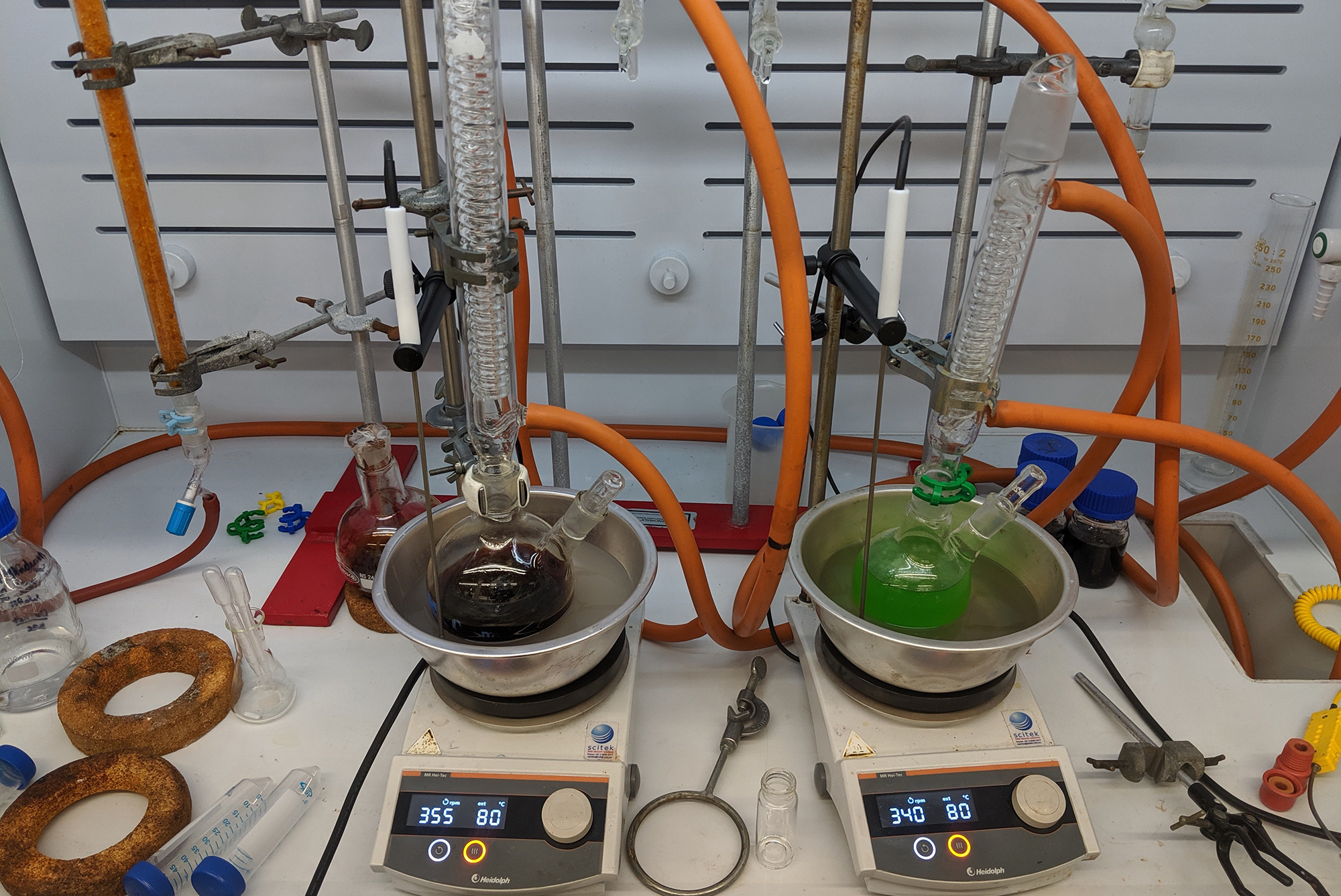This week I’ve sketched out a bit of an approach, identifying artists and texts to explore what’s already happening in this space of biopolitical art and theory. Thanks to my colleague and friend Amy Spiers from CAST for sending me this article “Learning from the Virus” by Paul B. Preciado — it’s a great starting point for anyone interested in this intersection of biotechnology, politics and culture.
I’m also revisiting the writings of Critical Art Ensemble (CAE) as I think the complexity of their thinking on emerging technologies has been really important for the art world. Their stance is non-reductive: they recognised the importance of not just merging all gene editing technologies into one group to be demonised or lauded accordingly. In the popular press gene editing technologies are often grouped together for the purposes of discussing issues of ethics or governance. CAE, however, has dealt with genetic modification with more nuanced understand than many science communicators, pointing out that while one such technology may pose an existential threat to a crop, another may have untold benefits. This is something that equally applies to the nanotechnologies I engage with in my work: nanotechnology is an umbrella term that includes the nanobiosensing technologies used in medicine, nanoscale etching helps create smaller microelectronics, carbon nano tubules aid absorption of sunscreens into the skin, and carbon nanotechnology is used to improve the strength of a tennis racket, to name just a few. Some of these nanotechnologies, by design, remain dynamic and able to react with environmental or biological chemicals, others will be stable and less likely to react. So we cannot just apply blanket statements of ethics, or apply the same laws, to classes of technology. Instead, each must be considered individually. Equally, what is best for an individual may not be best for the community, and these differences are also important.
Beatriz da Costa & Kavita Philip Tactical Biopolitics : Art, Activism, and Technoscience
